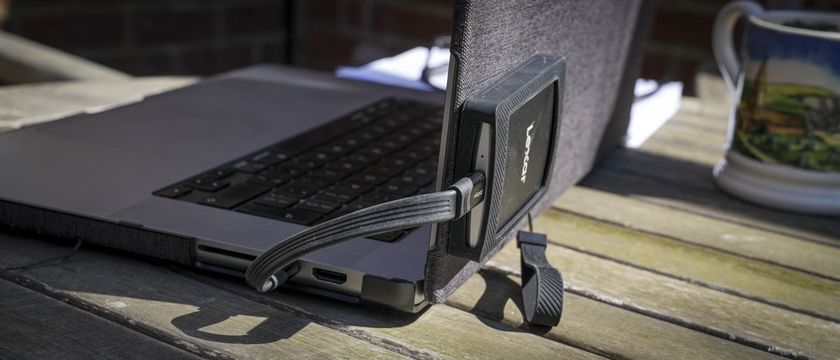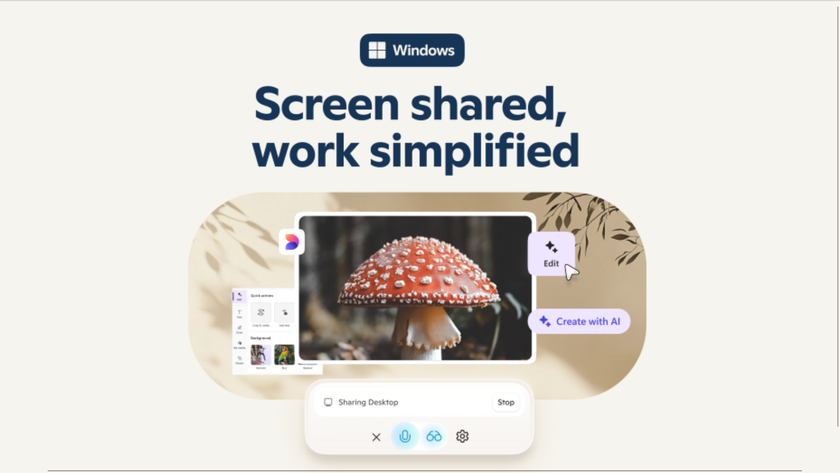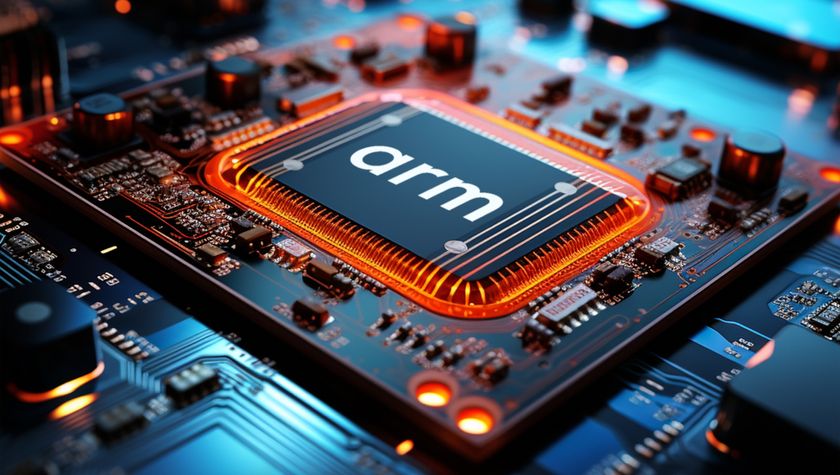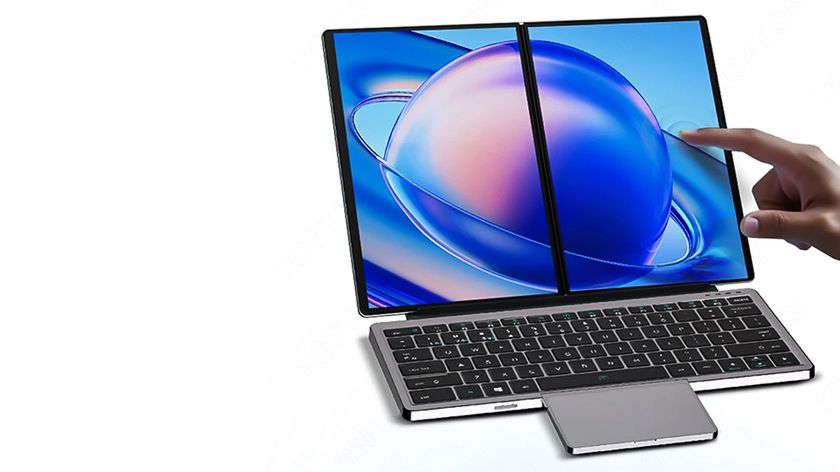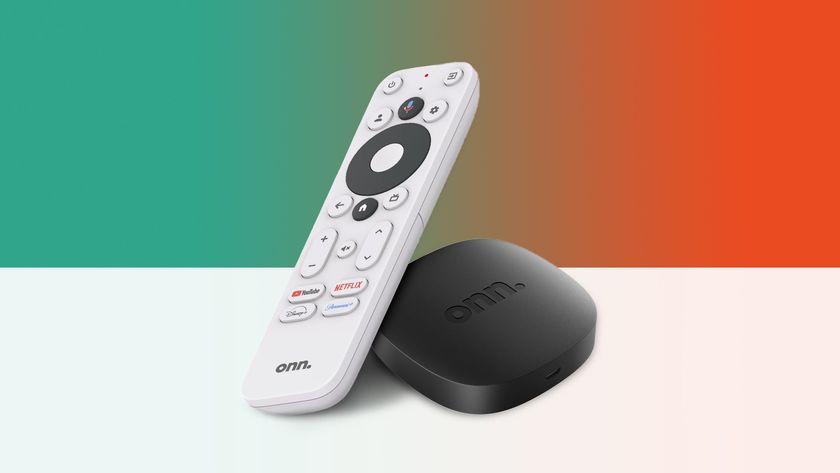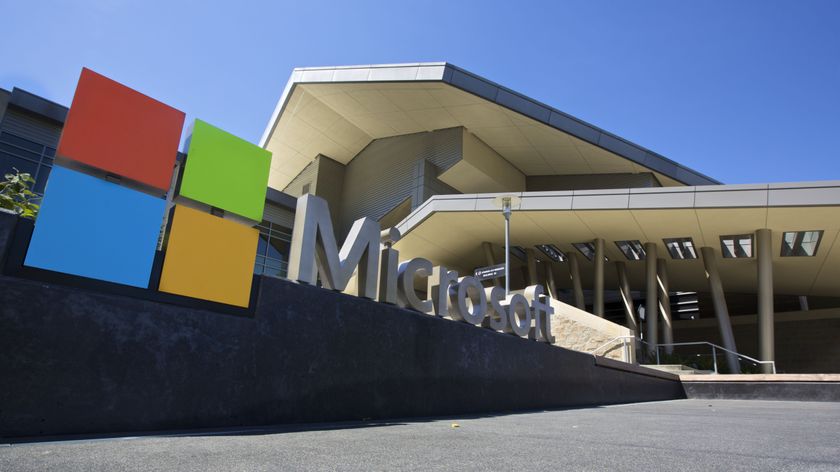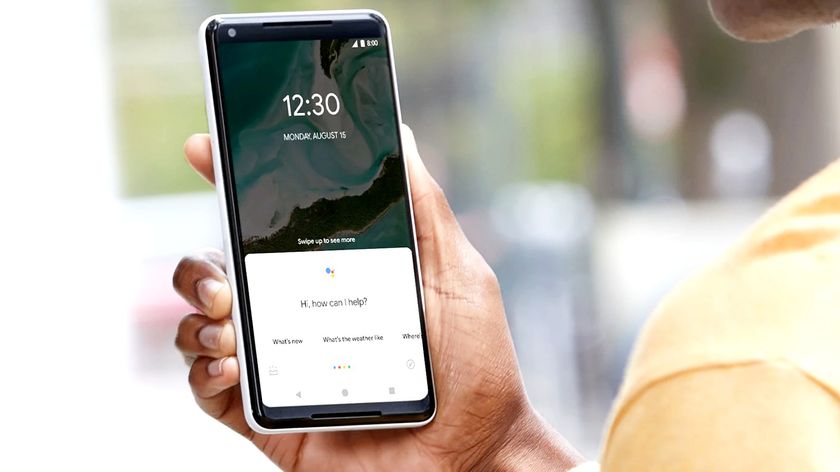We use smart technology at home – why not at work?
Integrating workplace technology
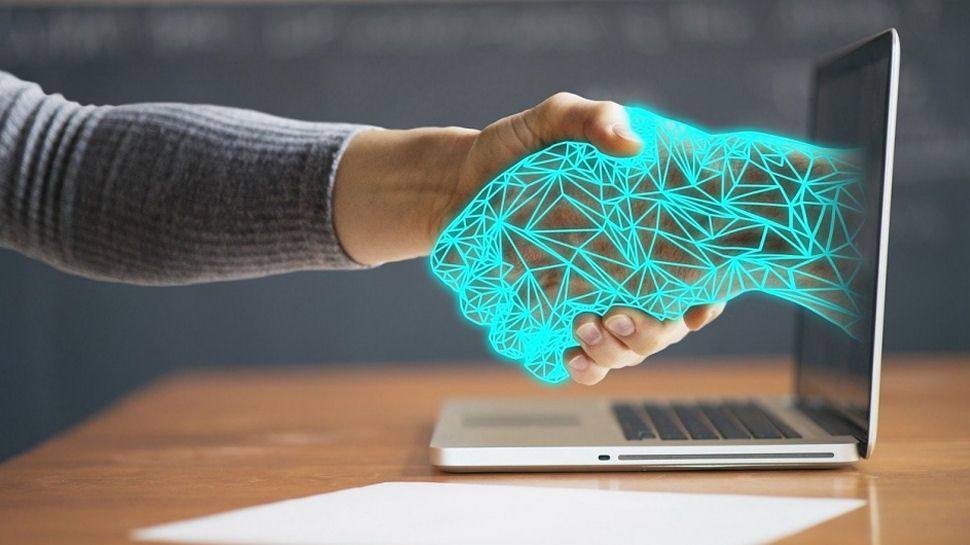
The pandemic has permanently transformed the world of work in the last 12 months, forcing us all to rethink our ideal working environment. While companies have felt pressure to downsize their real estate, the latest data suggests the physical workplace is going nowhere – with three-quarters of US employees eager to return to the office.
Laurent Bataille is Executive Vice President of Digital Energy Division at Schneider Electric.
The most likely future of work is what’s called a highly flexible ‘hybrid’ model, where employees around the world can choose whether they work from home or an office on given days. While this system may require less dedicated workspace, it does demand a change in how offices are currently designed, operated and utilized.
Integrated technology undoubtedly provides the key. We are no longer strangers to smart technology – indeed, a quarter of us use a smart speaker at home. To meet the demands of tomorrow and create a healthy, sustainable and productive office, it’s about time we brought connected tech into the workplace.
Integrating smart technology into the workplace
The question is, what exactly can businesses around the world do to make the working experience as safe, efficient and productive as possible in the long term? They must take inspiration from life outside of work - when we want to set a reminder, we talk to Alexa; when we want to change the room temperature, we search for an app on our smartphones. Consumer technology is making our lives increasingly better and more efficient by automating repetitive tasks on a daily basis. What’s more, it is constantly evolving and rapidly becoming more sophisticated and better adapted to our needs.
We are already used to using these smart tools at home, so why don’t we leverage them in the workplace? That isn’t to suggest that every room in the office should simply get a smart speaker. But we must understand that smart systems – interconnected with the Internet of Things – are fundamental to improving the working experience, both for workers and employers.
While not all global workers will have access to exactly the same hardware and technology, you can guarantee nearly everyone will own a smartphone. Imagine a downloadable building app – a virtual assistant that could be used to check if meeting rooms are free, order a drink from the ground floor cafeteria, change the office temperature, call a lift or block out time in a shared calendar to work from home. It could even ‘nudge’ them to remind them to go for a walk or check in with a colleague if they have been sat at their desk all day. Such an asset could transform productivity and the overall working experience by making it much more personalized.
It could also act as the motivating factor to getting people back to the office after the pandemic calms down. Having real, live insights into air quality, office capacity and being able to control your personal environment cannot help but provide reassurance and motivation for employees. Fast-forward to the future and these solutions can help manage company EV fleets, energy storage solutions, and employee training – work would become a place you want to be, rather than being a place you have to go to.
Are you a pro? Subscribe to our newsletter
Sign up to the TechRadar Pro newsletter to get all the top news, opinion, features and guidance your business needs to succeed!
True intelligence is built on connectivity
This is hardly futuristic technology, so why isn’t it already a reality? Fears around automation are declining fast as we realize that these solutions are there to enhance, not replace, our work. Consequently, the share of global jobs that require AI has grown by 450% since 2013 without a corresponding drop in human employment.
The real challenge sits with connectivity. Smart technology depends on easy and plentiful access to data, but building data is notoriously siloed and difficult to access. It is common for information on room occupancy, lighting, heating and ventilation to live in separate data environments with no obvious connecting thread between them.
For intelligent apps to achieve their full potential, we need joined-up systems to feed them data from across the whole building infrastructure. Systems integrators have a vital role to play here. A central building management system can function as the ‘brain’ of the facility – connecting all assets through open standards to create a single source of truth that can be drawn from. Virtual assistants can then connect to the building management system and easily leverage the relevant data stored within.
In nature, it’s likely that a closed ecosystem will eventually fail. Without new ideas, people and innovations to refresh, a business will run out of steam and gradually fall to disorder and entropy. It can be said that the same principle applies to our buildings. Buildings must become sustainable, autonomous and software-driven, utilizing AI-driven apps to revolutionize the working experience for their occupants. This has the potential to provide employees with all the insights they need to control and improve the buildings they work in.
- We've featured the best business VPN.
Laurent Bataille, Executive Vice President, Digital Energy Division of Schneider Electric.

